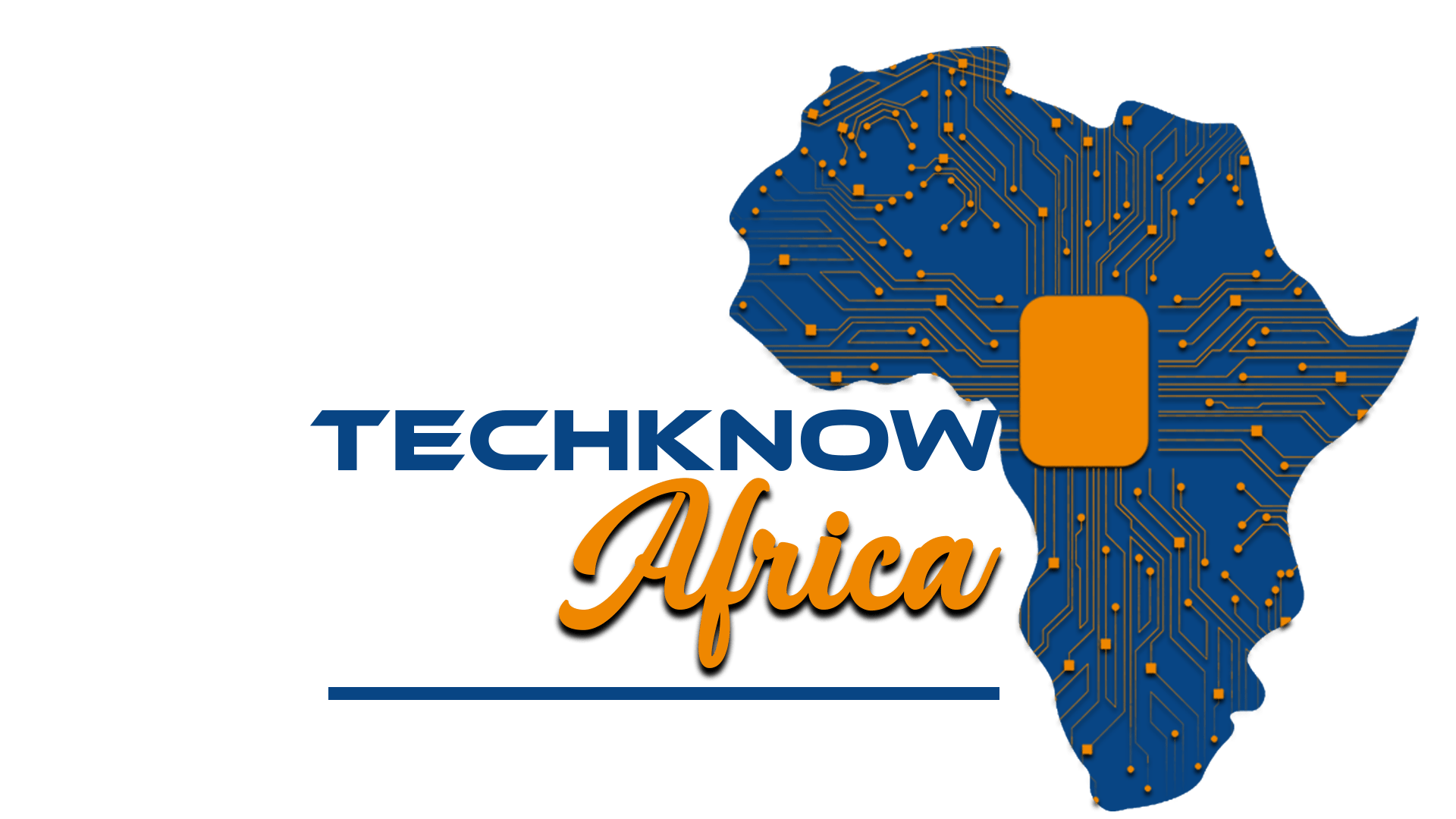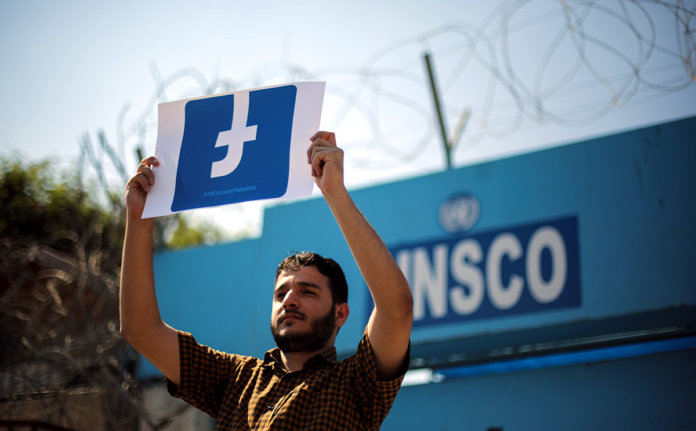This Content Is Only For Subscribers
The Israel-Palestine conflict has long been a source of tension and, unfortunately, it has found a new battleground on social media platforms. While these platforms serve as tools for communication and information-sharing, they also play a concerning role in disseminating misinformation during times of conflict. Here, we explore how social media is being used to spread misinformation in the ongoing Israel-Palestine war.
1. Viral Falsehoods: A Dangerous Trend
The speed at which information travels on social media can be a double-edged sword. In the context of the Israel-Palestine conflict, we’ve witnessed the rapid spread of viral falsehoods. Fabricated images, manipulated videos, and misleading narratives gain traction swiftly, contributing to the fog of misinformation that shrouds the reality of the situation.
2. Weaponizing User-Generated Content
One notable aspect of social media’s role in the conflict is the weaponization of user-generated content. While genuine voices use these platforms to share their experiences and perspectives, malicious actors exploit the openness of social media to amplify false narratives. This blurring of lines between authentic and manipulated content makes it challenging for users to discern truth from fiction.
3. Deepfakes and Edited Footage
Advancements in technology have given rise to deepfake videos and sophisticated editing tools. In the Israel-Palestine conflict, we’ve seen instances where genuine footage is manipulated to fit a particular narrative. Deepfakes, powered by artificial intelligence, add another layer of complexity to the misinformation landscape, making it increasingly difficult to authenticate visual content.
4. Misuse of Hashtags and Trend Manipulation
Social media platforms heavily rely on hashtags to categorize and trend topics. Unfortunately, this feature is exploited to manipulate narratives. During the conflict, both sides use hashtags strategically to control the narrative. Hashtags that gain momentum may not necessarily represent the ground reality, creating a skewed perception of public opinion.
5. Fake News Peddlers and Impersonation
The rise of fake news peddlers on social media is a concerning trend. These entities deliberately disseminate false information, capitalizing on the emotional nature of the conflict. Moreover, impersonation of legitimate news sources adds a layer of complexity, as users struggle to distinguish between authentic and malicious accounts.
6. Echo Chambers and Confirmation Bias
Social media algorithms often create echo chambers, where users are exposed to content that aligns with their existing beliefs. In the context of the Israel-Palestine conflict, this phenomenon contributes to confirmation bias, reinforcing preconceived notions and limiting exposure to diverse perspectives. Users become more susceptible to accepting and spreading misinformation that aligns with their worldview.
7. The Role of Influencers and Amplification
Influencers, with their large followings, wield considerable influence on social media. In the Israel-Palestine conflict, influencers may share misinformation, either inadvertently or deliberately, amplifying its reach. The sheer magnitude of their followership can turn false narratives into widely accepted truths.
8. Social Media as a Tool for Psychological Warfare
Beyond spreading misinformation, social media is increasingly being used as a tool for psychological warfare. Manipulating public sentiment, instigating fear, and sowing discord are tactics employed by actors on both sides of the conflict. Social media becomes a battleground not just for physical territories but for control over narratives and perceptions.
In conclusion, the Israel-Palestine conflict is not only fought on the ground but also in the digital realm. The unchecked spread of misinformation on social media poses a threat to an accurate understanding of the situation and hampers efforts towards constructive dialogue. Navigating the complex web of misinformation requires heightened media literacy, critical thinking, and a collective effort to promote responsible information-sharing on these influential platforms.





